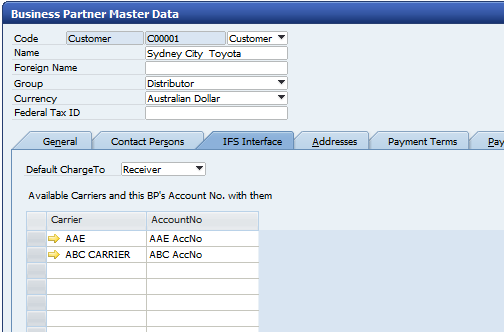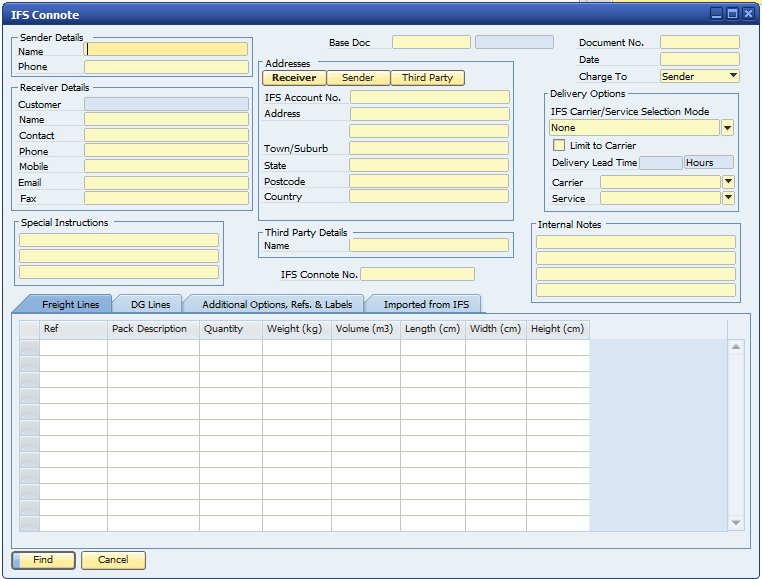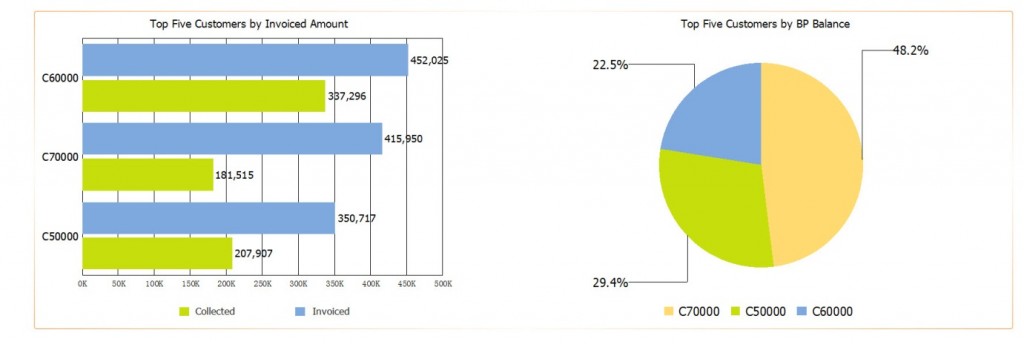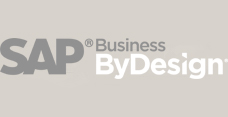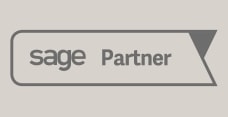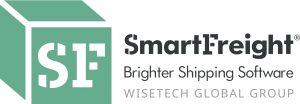
Advantages of SmartFreight® include :
- Bi-directional interface to SAP Business One,
- Reduced freight expenditure ,
- Real time freight tracking,
- KPI analysis on freight,
- Invoice reconciliation
- Shipment Optimisation
- Powerful reporting
- No “double capture” between SAP Business One and your freight management solution.
The integration to SAP Business One includes the following key features:
- Creating a new connote – the user creates the new delivery or AR invoice in SAP Business One and clicks on the create “Connote Button”. The connote will be created with the defaults as defined in the system. The user can modify defaults as required.
- Multi-company support – The SAP Business One / SmartFreight® integration operates across an SAP Business One multi-company environment.
- Tracking data from SmartFreight to SAP Business One – data is imported from the SmartFreight system to the SAP Business One connote table – including the tracking number of the base document.
- Business Partner (SAP Business One) carrier mapping – the association of a freight carrier or range of carries to a business partner in SAP Business One.
- Warehouse carrier sender account mapping – sender account numbers can be specified at a warehouse level. You can select from a list of freight carriers using the formatted search and can move from the listed carrier to the carrier maintenance screen in SAP Business One.
- Shipping types – you can specify default delivery and packaging options on a shipping type.
The sender name and phone number will default from the warehouse in SAP Business One. The receiver contact details will come from the details on the business partner in SAP Business One for the contact person selected in the base document (SAP Business One).
- Receiver SmartFreight account and charge to default – the receiver SmartFreight account number will be determined by a combination of the base documents in SAP Business One (business partner) and the selected freight carrier.
- Receiver address – the receiver address will either be obtained from a custom address specified by the user on the logistics tab of the base document in SAP Business One or if the user didn’t specify a custom address we will use the ship to address specified in the above form and look up the appropriate address, from the business partner in SAP Business One.
- Sender address – the sender address details will default to the address found on the warehouse of the first records in the detail lines of the base document.
- Delivery options – delivery options can be defaulted from the shipping type specified on the base document. If any defaults are found, they will be selected when the screen opens for the first time.
- Freight lines – Freight lines will be populated by either the lines specified in the packaging section of the base document or the detail lines. If the packaging section has been populated the SAP Business One integration will grab default for the size and dimensions of the packages from the package types.
As detailed above, the team at Leverage Technologies has invested a great deal of energy developing this SAP Business One / SmartFreight® solution . If you are an SAP Business One user looking for a multi-carrier, freight management solution then SmartFreight® integration from the team at Leverage Technologies will provide the answers that you are looking for.
For more information visit SmartFreight.com

